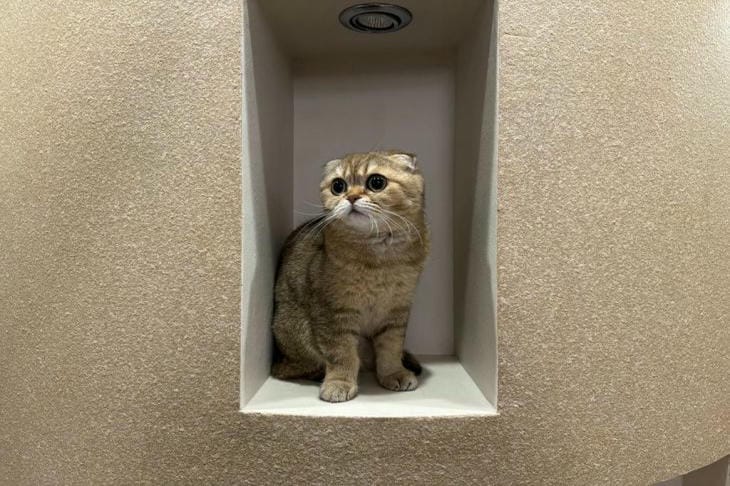A cat's character is formed under the influence of many factors, starting from an early age.
A competent approach to education and understanding of cat psychology help the owner establish a strong emotional connection with the pet and develop its affectionate qualities.
The right start to communication
The first days of acquaintance with a pet determine the future relationship. The cat is given personal space to get used to the new place.
Communication begins gradually, without obsession. The animal independently shows interest in the person, receiving a positive experience of interaction.
The Language of Cat Love
Understanding a cat's body language is key to establishing trust. Slow blinking is a sign of affection. A raised tail signals a friendly mood.

Purring expresses pleasure from communication. Attention to these signals helps to build correct communication.
The right touches
Tactile contact is carried out taking into account the animal's preferences. Most cats like to be stroked in the cheeks, chin and behind the ears.
The abdomen is a vulnerable area, access to which is granted only to trusted people. Touching should always be gentle and careful.
Incentive system
Treats are used as a way to reinforce positive behavior. The treat is offered immediately after affection or friendliness is shown.
Gradually, an association is formed between communication with a person and pleasant sensations. It is important not to overfeed the pet, using small portions of treats.
Game activity
Joint games strengthen the bond between cat and person. Interactive toys, fishing rods, balls are used.
Play sessions are held regularly, but not forced. Activity stops at the first request of the animal. Aggressive behavior during the game is gently suppressed.
Daily routine
A stable feeding and play schedule creates a sense of security for the cat. The pet knows when to expect attention and care. Feeding is done at the same time. Play sessions are planned taking into account the animal’s natural activity cycles.
Socialization and adaptation
Early socialization of kittens helps to develop a friendly character. Adult cats need more time to get used to new conditions.
The adaptation process is gradual, without pressure. The animal is given the opportunity to explore the territory at its own pace.
Rules for handling a pet
Physical punishment is strictly excluded from the methods of education. Undesirable behavior is corrected by distraction or ignoring.
Loud sounds and sudden movements can frighten the animal. Calm and confident behavior of a person inspires confidence in the cat.
Taking care of your health
Regular veterinary checkups can help identify health problems that may be affecting behavior.
Timely vaccination and treatment against parasites ensure good health. A healthy cat shows more positive emotions and is more willing to make contact with a person.
For reference
A cat is a domestic animal, one of the most popular "companion animals".








